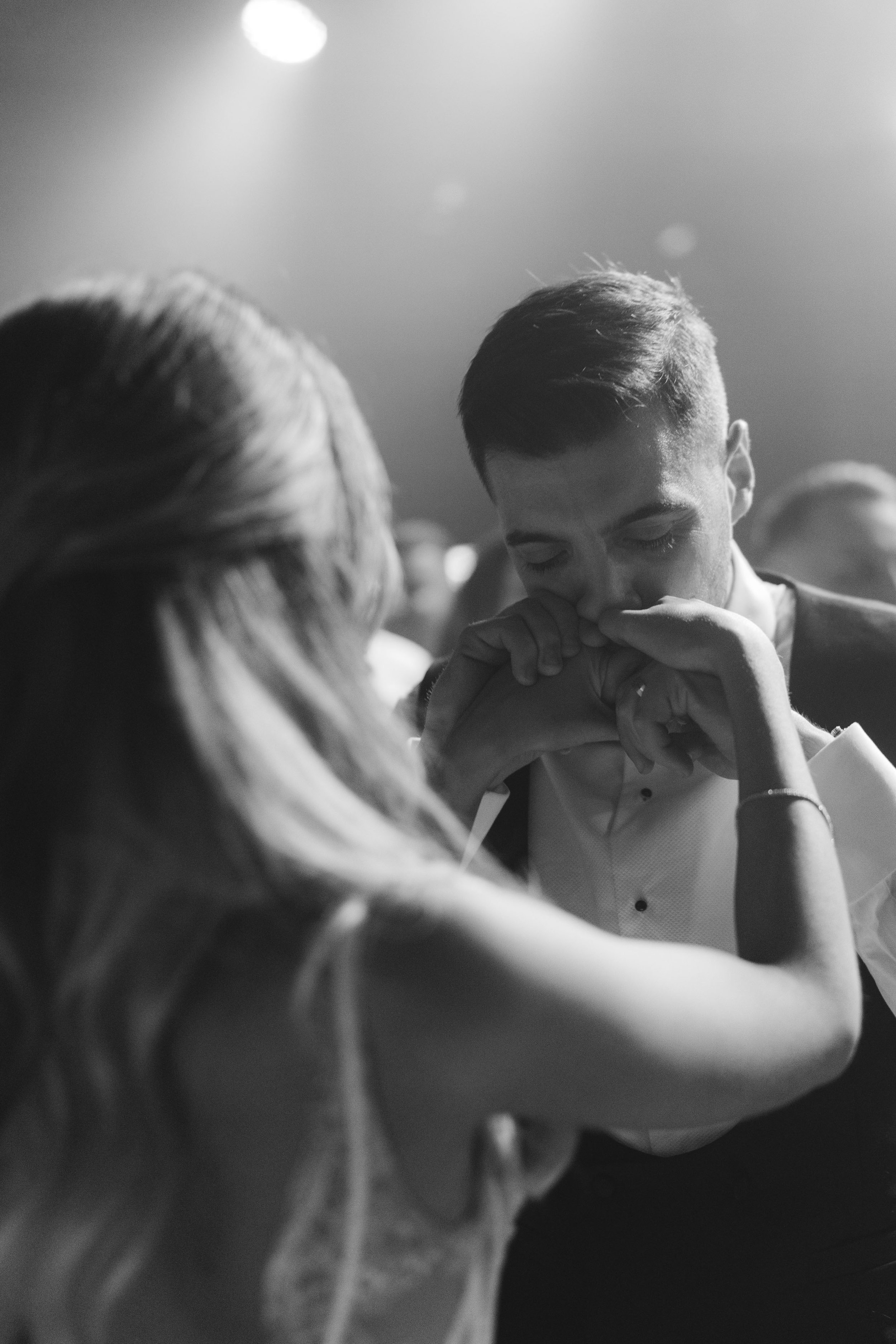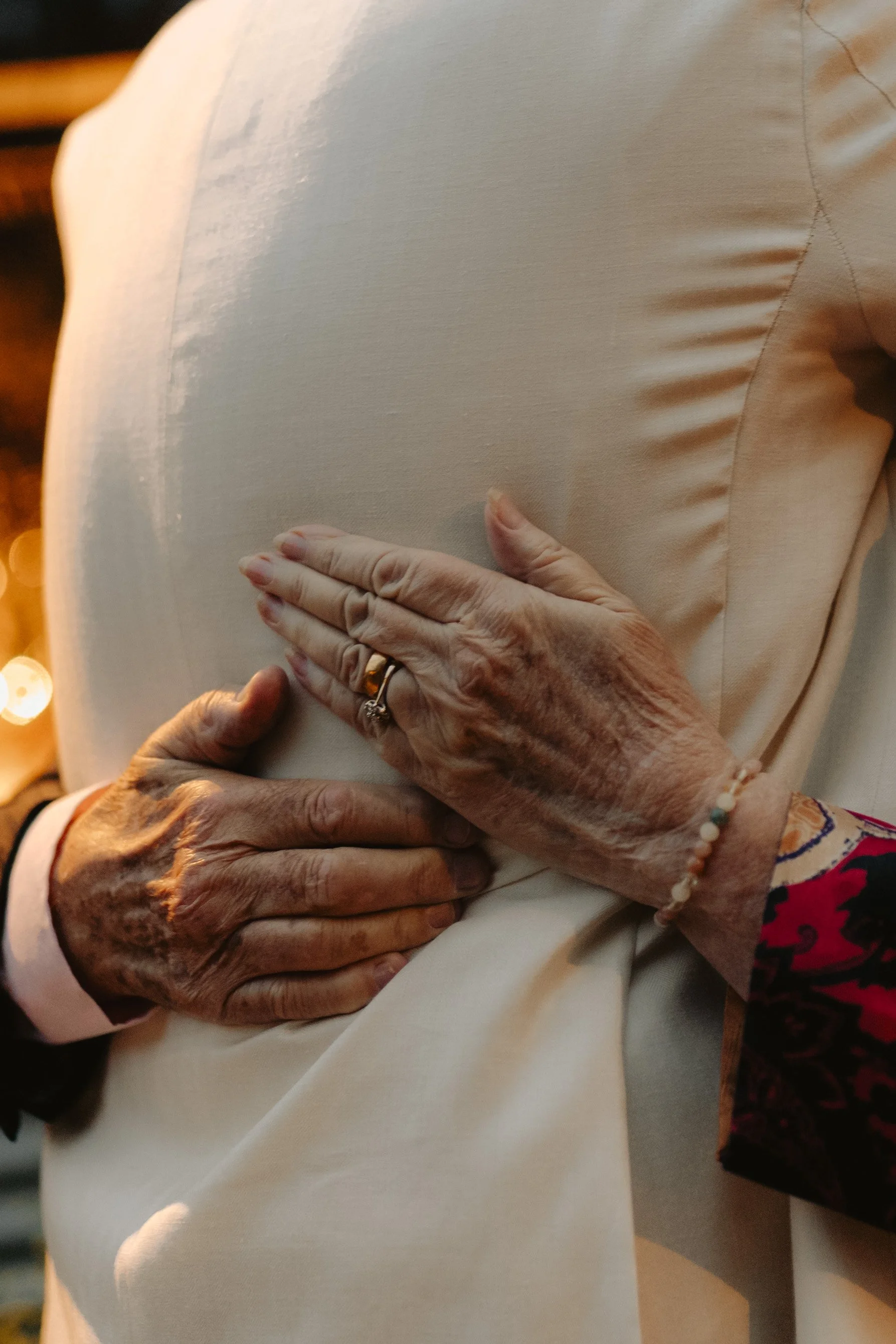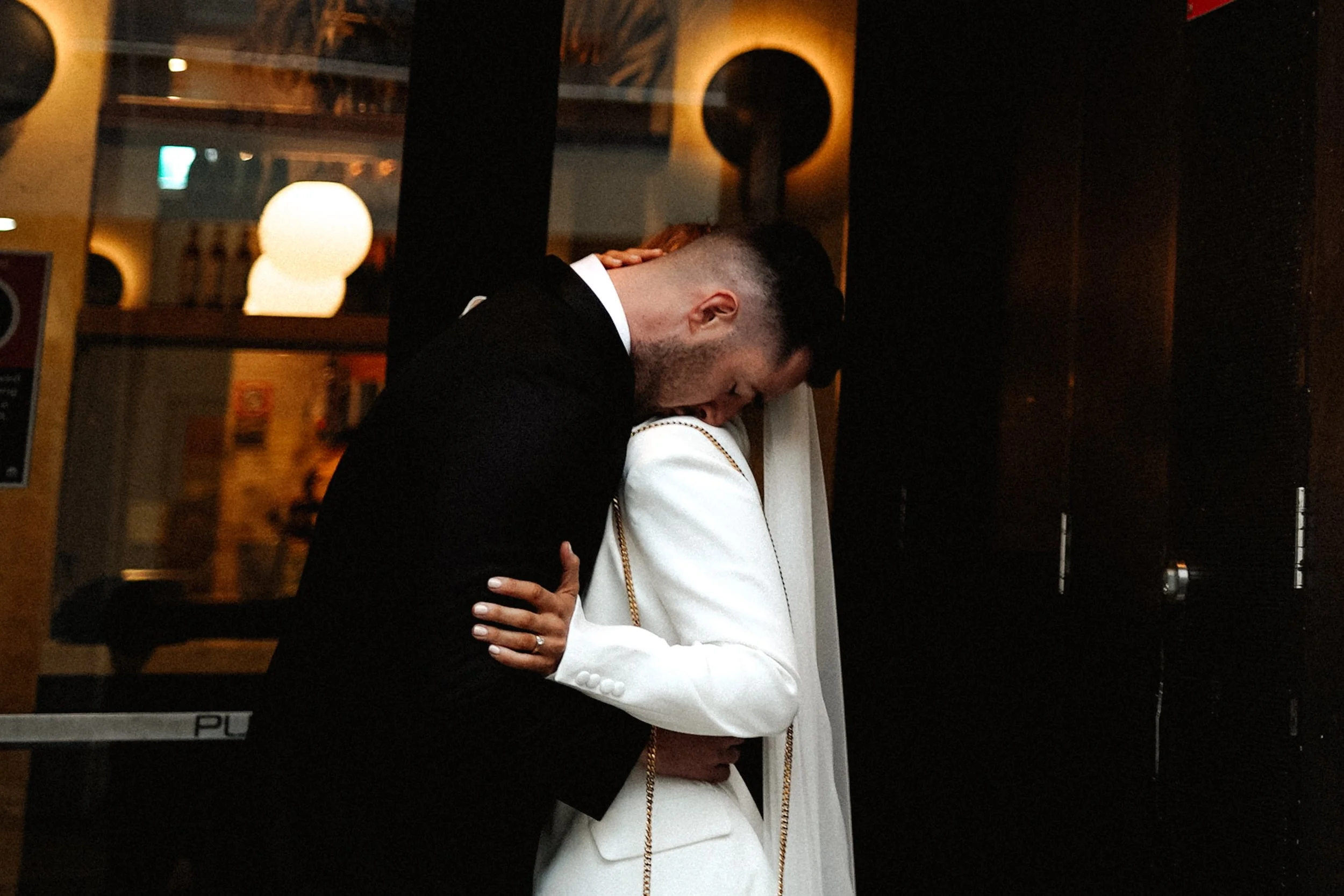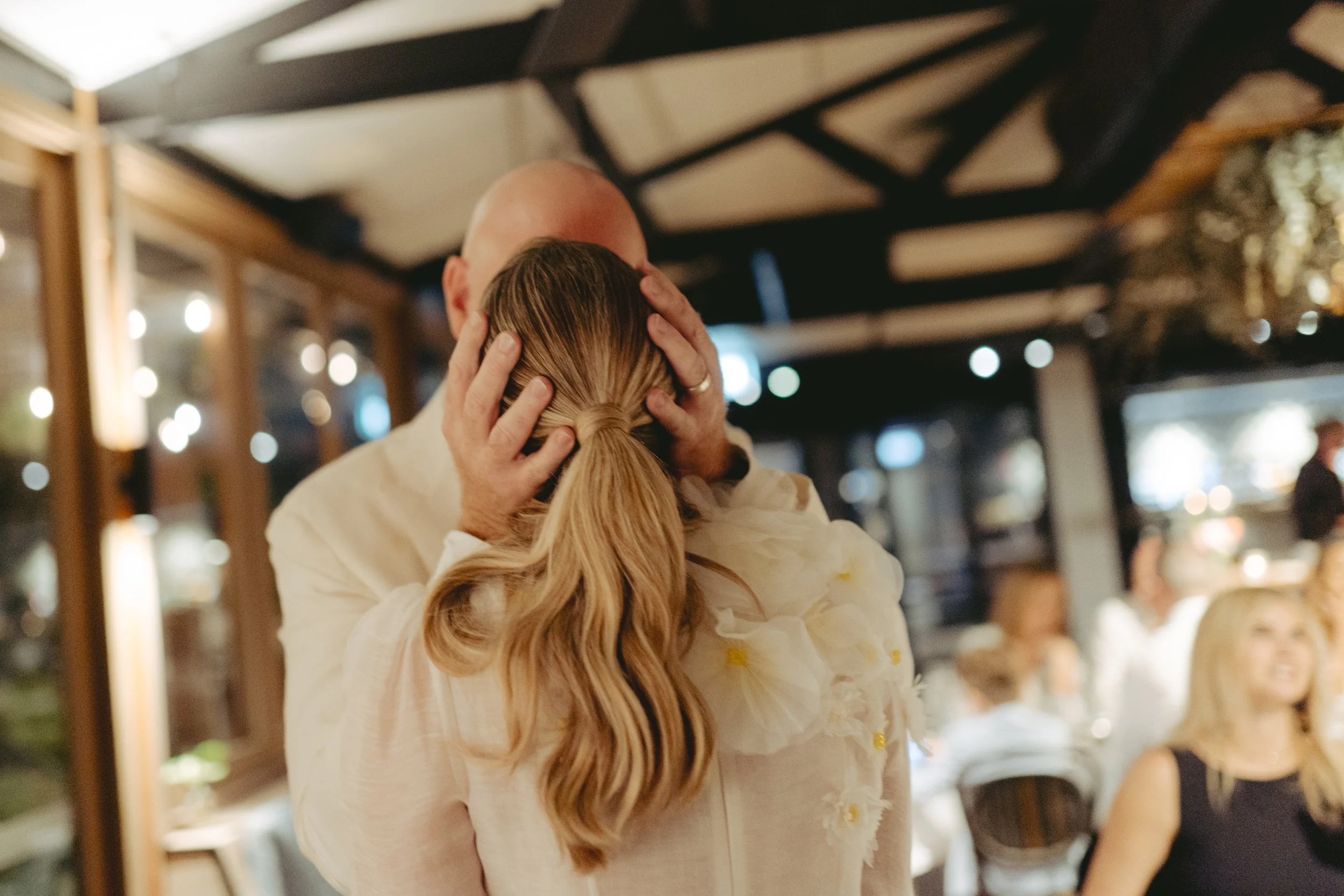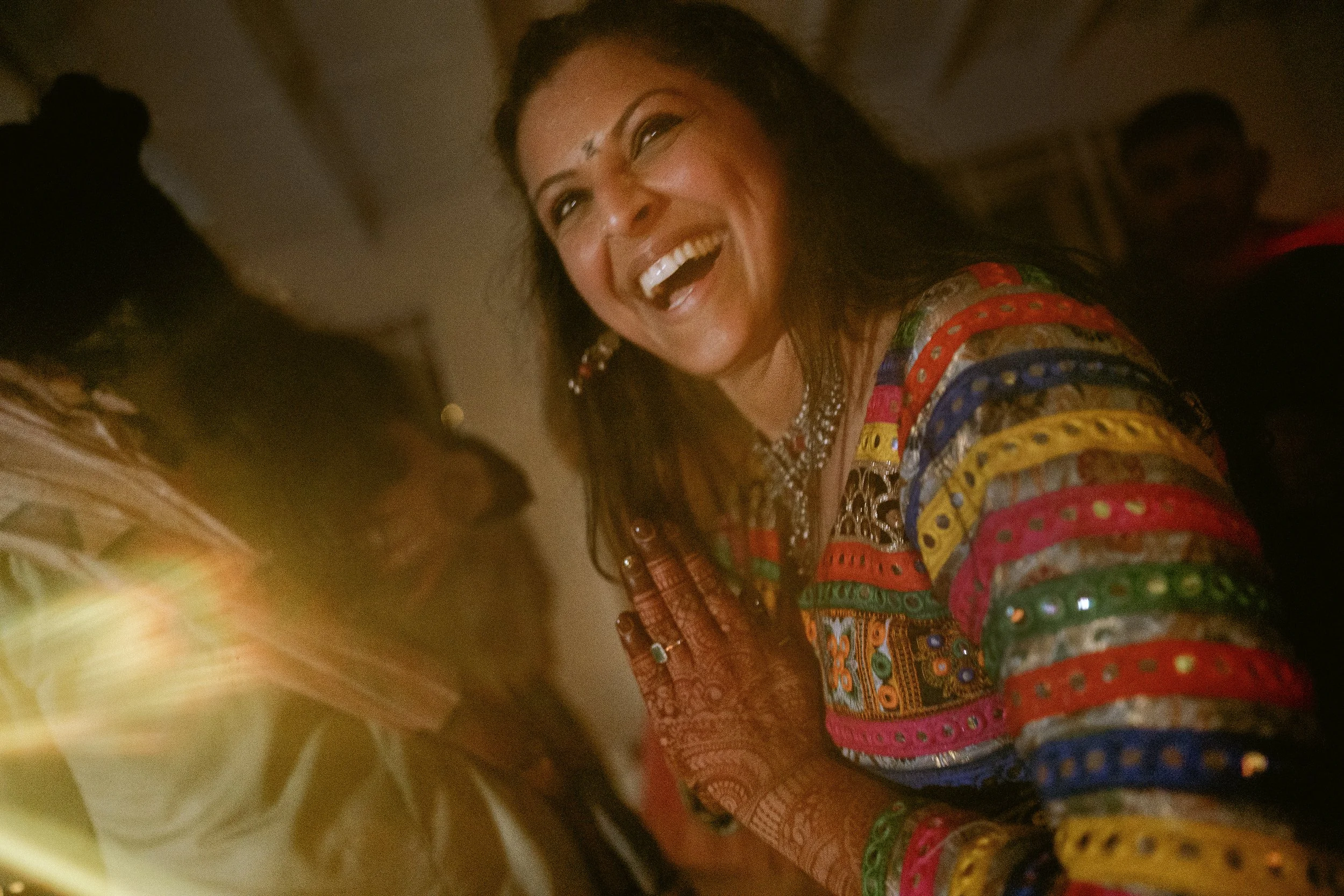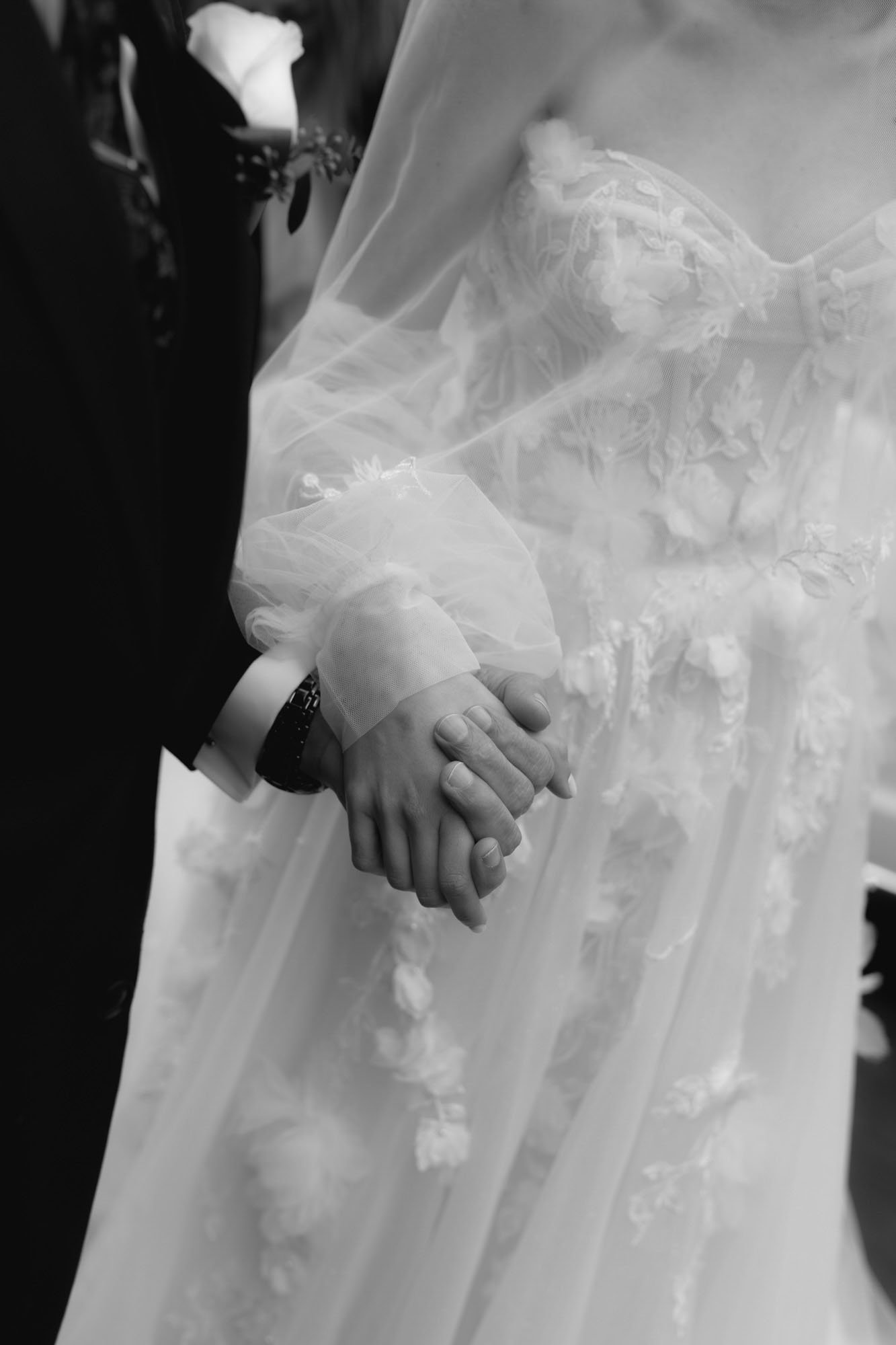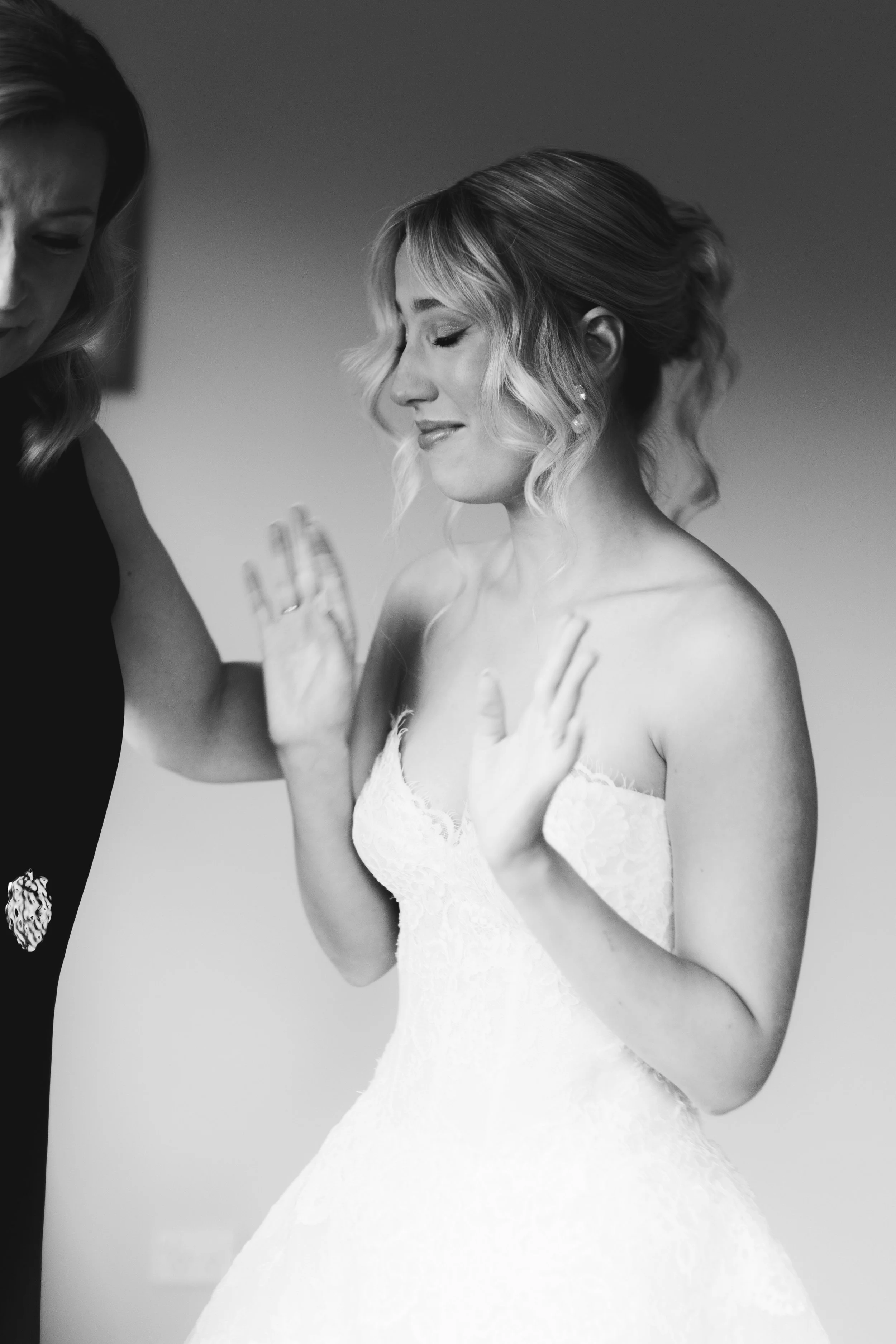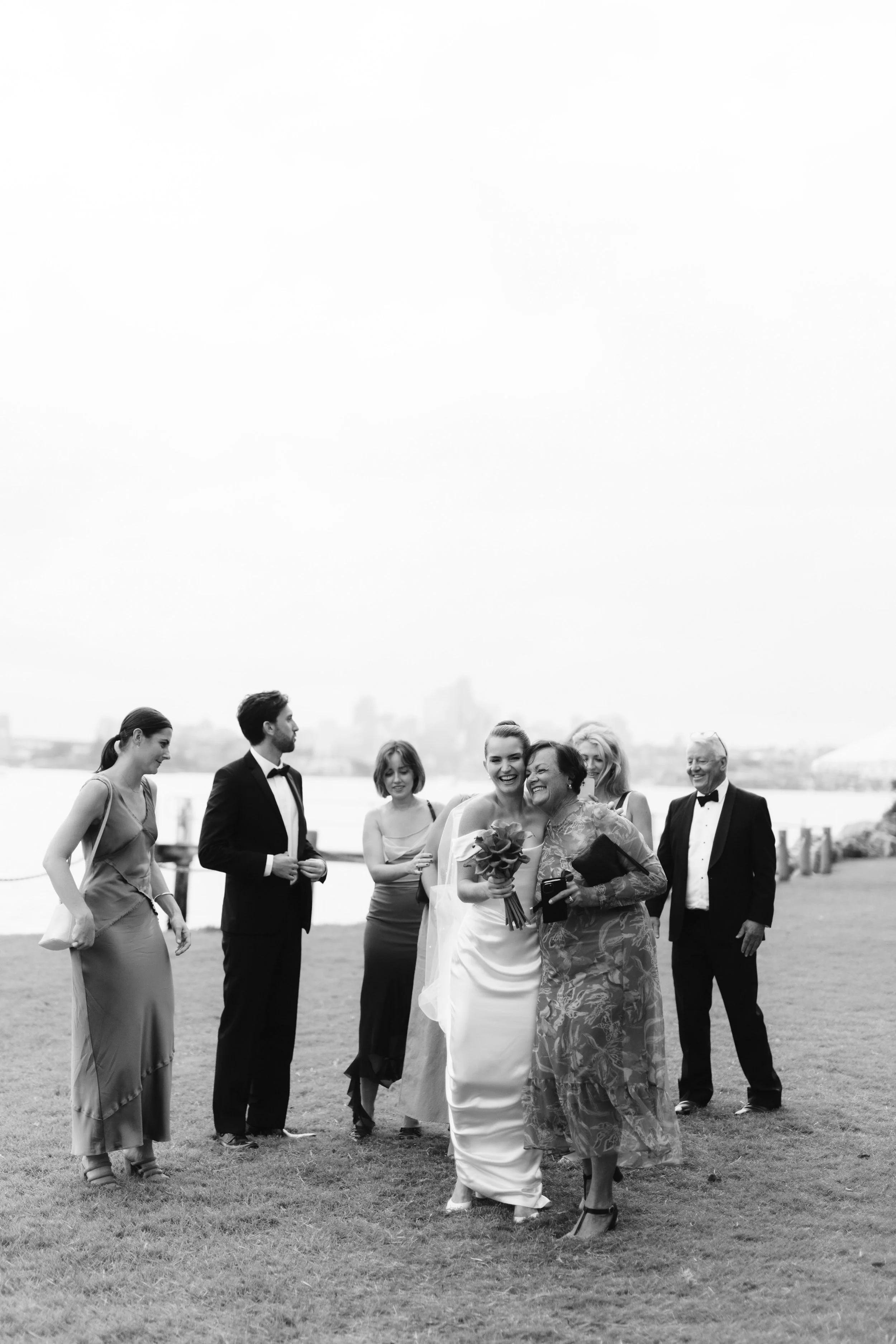The Art of Being There: How Experience Shapes Intuitive Wedding Photography
Read time: 8 minutes
Experience doesn’t lose its rebellion or relevance, it becomes crucial. It’s what allows a photographer to move beyond the front of the mind and into the deep, intuitive space where presence lives. Where the work stops performing and starts listening.
The Invisible Skill
There’s a kind of intelligence that doesn't speak loudly. You won't see it listed on a price sheet or summed up in a caption. It’s quiet. It sits beneath the surface of practised movement and seasoned instinct. And in wedding photography, it’s often the most important thing in the room.
At first, everything requires effort, settings, gear, timelines, and logistics. The brain is full, the hands are learning, and the timing is off by half a breath. But after years, after hundreds of hours spent watching the light change on the skin, listening to the rhythm of a crowd, and sensing where emotion lives, something shifts. The repetition burns a kind of knowledge into the body. The conscious becomes unconscious. The effort is seamless.
And in the space where all the noise used to be, something else begins to move: attention, intuition, responsiveness. The work becomes less about doing and more about being. Less about capturing moments and more about entering them.
The Role of Procedural Memory
There’s a name for this shift in neuroscience: procedural memory. It’s the memory of the body. The kind that lets a pianist play with closed eyes or a potter shape clay by feel. For a photographer, it’s the quiet motor reflex that adjusts exposure as someone walks from sunlight into the shade or the near-silent repositioning that aligns a composition instinctively.
At a wedding, this matters. Things unfold quickly. Emotion doesn’t wait. And the ability to move through these moments without overthinking means the difference between missing something and being ready.
This is not about speed, though. It’s about space. When the technical becomes second nature, the photographer gains space to feel what’s happening, rather than scramble to respond to it.
Where Attention Meets Action
There’s a word for the kind of focus that emerges in these moments: flow. But unlike the buzzword it’s sometimes become, true flow is not about productivity or performance. It’s about presence.
Psychologist Mihály Csíkszentmihályi described flow as a state where action and awareness merge, where the boundary between the observer and the activity dissolves. For photographers, especially at weddings, it feels like moving through a dream that is entirely real. The senses heighten. Time stretches and folds.
There’s no time to deliberate, only to respond. To trust what you know without clinging to it. To make choices without needing to explain them.
This isn’t magic. It’s trained awareness. The result of having done the work enough that the mind doesn’t interrupt the moment.
Seeing With the Body: Embodied Perception
Some photographs are made with the eyes. Others are made with the skin, the breath, the beat of the heart that quickens when something’s about to happen.
Maurice Merleau-Ponty’s concept of embodied perception suggests we don’t merely look at the world, we live inside our seeing. Our whole body participates in perception. For a photographer, this might mean a shift in posture that catches a different angle of light, or a pause in breath that aligns with someone else's.
This kind of sense can’t be scripted. It’s not something you bring out for the big moments, it’s how you stay tuned for the in-between ones. The ones that whisper instead of shout.
These are the kinds of images that stay with people. Not because they were dramatic, but because they were true.
The Aesthetic Brain: Neuroaesthetics in Practice
The brain is built to respond to beauty before we have words for it. Neuroaesthetics explores how our minds are drawn to patterns, faces, symmetry, movement, and light. This isn’t about style, it’s about resonance. About how something just feels right.
Photographers build this intuition over time. Not from theory, but from experience, thousands of tiny calibrations as we watch people react to images, as we observe which compositions move us and which fall flat.
Eventually, these choices become less about thinking and more about trusting. The pull toward the soft light, the instinct to frame just off-centre, the tilt that makes a still image feel like it’s breathing, these are learned responses, but they don’t feel like lessons.
In the best cases, the photograph looks inevitable. Like it already existed, and the camera simply confirmed it.
Why Experience Matters
Experience doesn’t make a photographer invincible, it makes them quiet. It softens the voice that says, “Am I getting it right?” and sharpens the ability to sense what matters.
It helps in the unpredictable moments: when the timeline breaks, when the child cries during the vows when the couple turns toward each other unexpectedly in the middle of a crowded dance floor. Experience doesn’t panic. It adjusts. It watches. It waits.
But perhaps most importantly, it knows when not to take the photo. When to put the camera down and let the moment breathe. When the photograph would steal something instead of honouring it.
What experience gives is not just readiness, but reverence.
A Quiet Practice
Photography done this way doesn’t always announce itself. It doesn’t rely on spectacle. It’s rooted in something slower, more patient, a kind of listening.
There’s no shortcut to that. It’s cultivated over time: through mistakes, through silence, through doing it again and again until the doing becomes a form of being. This is why the most meaningful photographs often look simple. Not because they were easy to make, but because they came from stillness.
For couples choosing a photographer, these things might not be visible in a portfolio. But they shape the work. They shape how it feels to be photographed. And they shape what’s remembered.
Because in the end, wedding photography isn’t just about keeping memories. It’s about meeting them as they’re being made, and knowing when to press the shutter, and when to simply be there.

